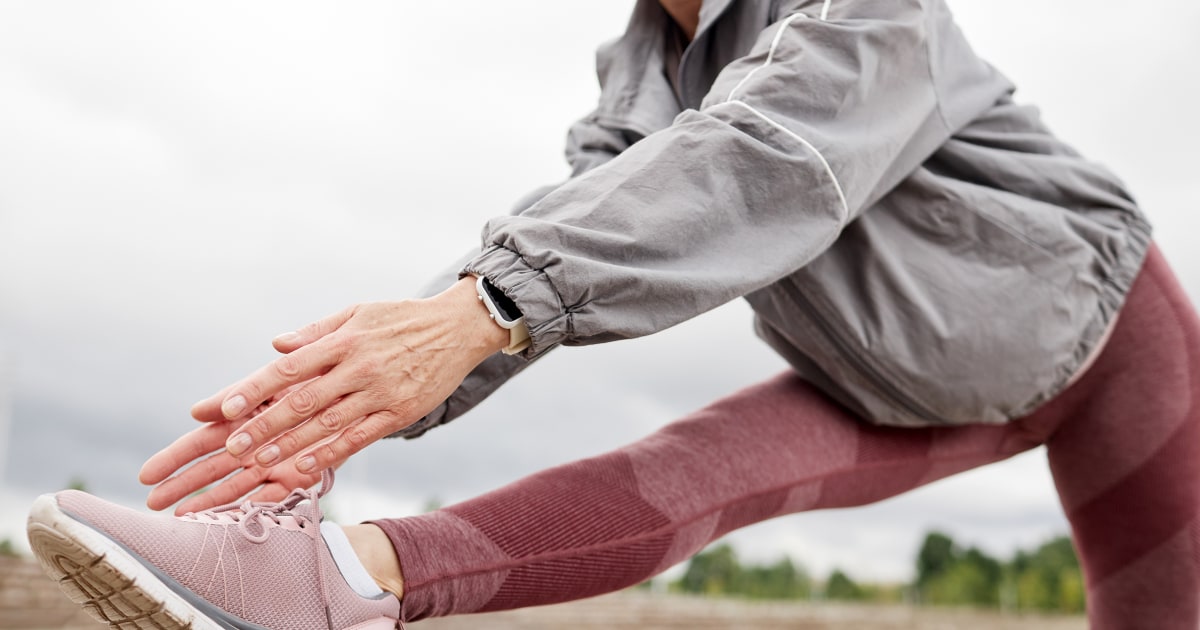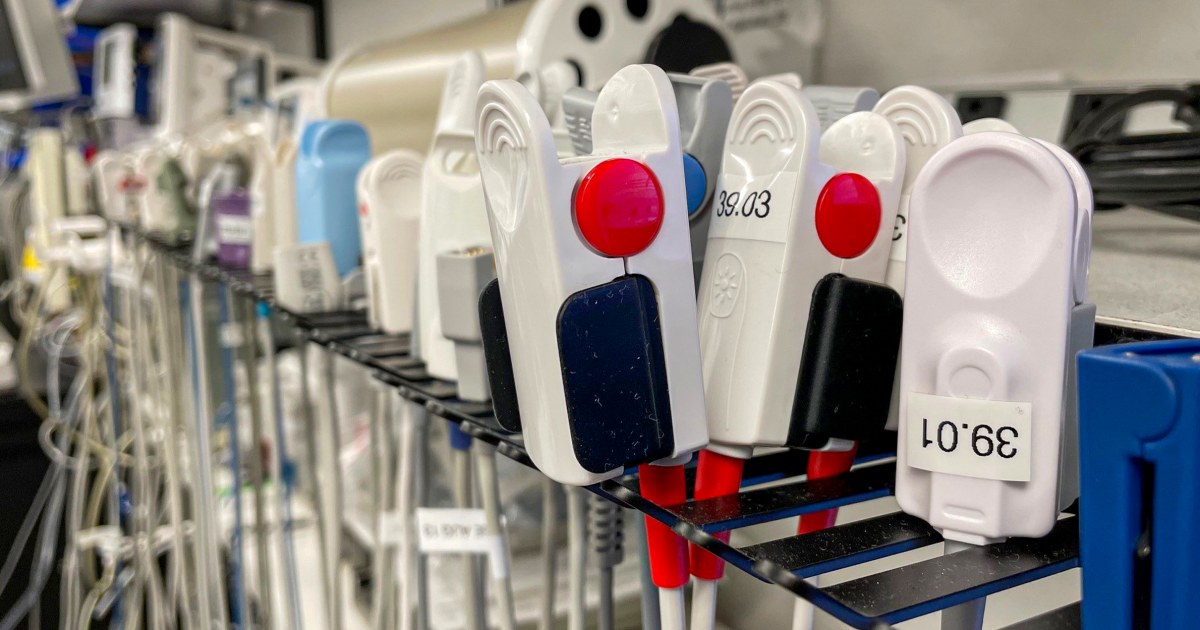How strong are your bones?
At least 1 in 5 women older than 50 in the U.S. have osteoporosis, but many don’t realize it.
Women 65 years and older should have a bone density scan to screen for osteoporosis, updated guidelines from the U.S. Preventive Services Task Force recommend.
Osteoporosis is often described as a “silent disease” because there are few, if any, symptoms until someone fractures a bone, usually in the hip, wrist or spine. Women who have gone through menopause are at highest risk of bone loss, although it can also affect men.
For postmenopausal women younger than 65, the task force, an influential government-appointed panel of medical experts, reiterated the existing recommendation that if there are one or more risk factors such as low body weight, family history of broken hips, cigarette smoking and excessive alcohol consumption, a risk assessment questionnaire can determine if a scan is needed.
Task force member Dr. Esa Davis, professor of family and community medicine at University of Maryland, Baltimore, emphasized the importance of screening because osteoporosis causes bones to become weaker and fracture more easily, leading to disability, chronic pain, loss of independence and even death.
Between 21% to 30% of people who suffer a hip fracture die within a year, research has shown.
While there are few obvious symptoms, there may be signs that the condition is developing such as stooped posture, loss of height and discomfort in the bones. However, bone pain can also be a symptom of a variety of illnesses, including arthritis.
“Osteoporosis is a serious bone disease that occurs when the body loses too much bone, makes too little bone or both,” said Dr. Andrea Singer, chief medical officer of Bone Health & Osteoporosis Foundation.
What is osteoporosis screening?
“The term osteoporosis screening refers to use of bone density, x-ray studies or other tools to identify persons at an increased risk of fractures or bone breaks,” Dr. Thomas Weber, an endocrinologist at Duke University Medical Center who studies and treats patients with osteoporosis and metabolic bone disorders, said in an email.
Doctors may not appreciate the devastating consequences of bone fractures, including chronic pain, disability or premature death, Weber said. As a result doctors may consider bone density screening a low priority, according to a national survey of doctors released in 2023. Patient concerns over the cost of screening may contribute to women not getting screened.
One large study that analyzed insurance claims data of more than 1.5 million women between 2008-14 found fewer than 25% privately insured women 65 years and older who didn’t have a diagnosis of osteoporosis screening got screened.
A 2021 report from the National Osteoporosis Foundation found that only 9% of women and 5% of men on Medicare received a bone density test within six months following a new fracture.
“While too few women are screened for osteoporosis, even fewer men receive necessary screening,” Singer said.
The task force guidelines did not have sufficient evidence to make a recommendation for or against screening in men.
Rapid weight loss poses potential risk
Rapid and significant weight loss can pose a risk to bone health, said Dr. Christopher McGowan, a gastroenterologist and obesity specialist who runs True You Weight Loss in Cary, North Carolina.
In fact, the updated recommendations come as a growing number of women and men take prescription weight loss medications such as semaglutide, the active ingredient in weight loss drugs such as Novo Nordisk’s Ozempic and Wegovy, and tirzepatide, the active ingredient in Eli Lilly’s Zepbound.
A recent study found that participants who used the GLP-1 medications without exercising experienced a significant decrease in bone density at the hip and spine. A combination of exercise and the weight loss medications protected bone mass density.
“For those at risk of reduced bone density, particularly women over 65, a bone density test should be conducted prior to starting anti-obesity medication if one hasn’t been done recently,” McGowan said.
Previous research in people on the weight loss medications suggests 25% to 40% of the weight lost is lean muscle mass, which has significant implications for strength, mobility, bone health and fracture risk, he said.
A spokesperson for Novo Nordisk said osteoporosis is not listed as an adverse reaction in the Ozempic prescribing information.
A spokesperson for Lilly said: “There is no information or data available on the effect of tirzepatide on bone density or osteoporosis.”
Is osteoporosis preventable or reversible?
Osteoporosis is both preventable and treatable, but experts stress that it is a chronic disease such as diabetes and hypertension, so it is not curable. That’s why it’s important to detect it early.
Most people who have osteoporosis will need medication to prevent fractures, experts say.
“Stabilization or improvement in bone density can be achieved with medications, such that the risk of bone breaks can be reduced by half to two- thirds depending on the drug used and site of fracture,” Weber said.
Dr. Felicia Cosman, an osteoporosis expert and professor of medicine at Columbia University, recommends all people should follow universal prevention measures, which include:
- A healthy diet with lots of fruits and vegetables.
- Avoiding excessive smoking and alcohol consumption.
- An active lifestyle, which includes strength training, weight bearing aerobic exercise and balance training, as needed, to reduce the risk of falls.
Most studies indicate that strength training is safe for older patients with bone disease, but people at risk for spinal fractures should avoid exercises that cause forward movements of the spine or rapid twisting spine movements, Cosman said.
Adequate calcium, vitamin D and protein for healthy bones are all important.
Cosman recommended getting calcium through food when possible, aiming for about three calcium-rich foods each day, such as milk — fortified plant-based is fine — yogurt and cheese.
“For people with a low- calcium diet, calcium supplements should be given in the lowest doses needed,” she said.
It’s harder to get enough vitamin D through food sources and although sunlight exposure allows the skin to make it, this process is reduced by sunscreen, she adds.
Many people will need a vitamin D supplement — but the dose varies among individuals, she said.
“Generally, for people 50 and above, vitamin D doses of 800-1000 international units daily are adequate,” Cosman said.
A large clinical trial in 2022 found that vitamin D supplements don’t prevent fractures in healthy men ages 50 and older and women ages 55 and older.
Experts say it’s best to talk to your doctor about risk and benefits if you have any questions about taking vitamin D supplements.










